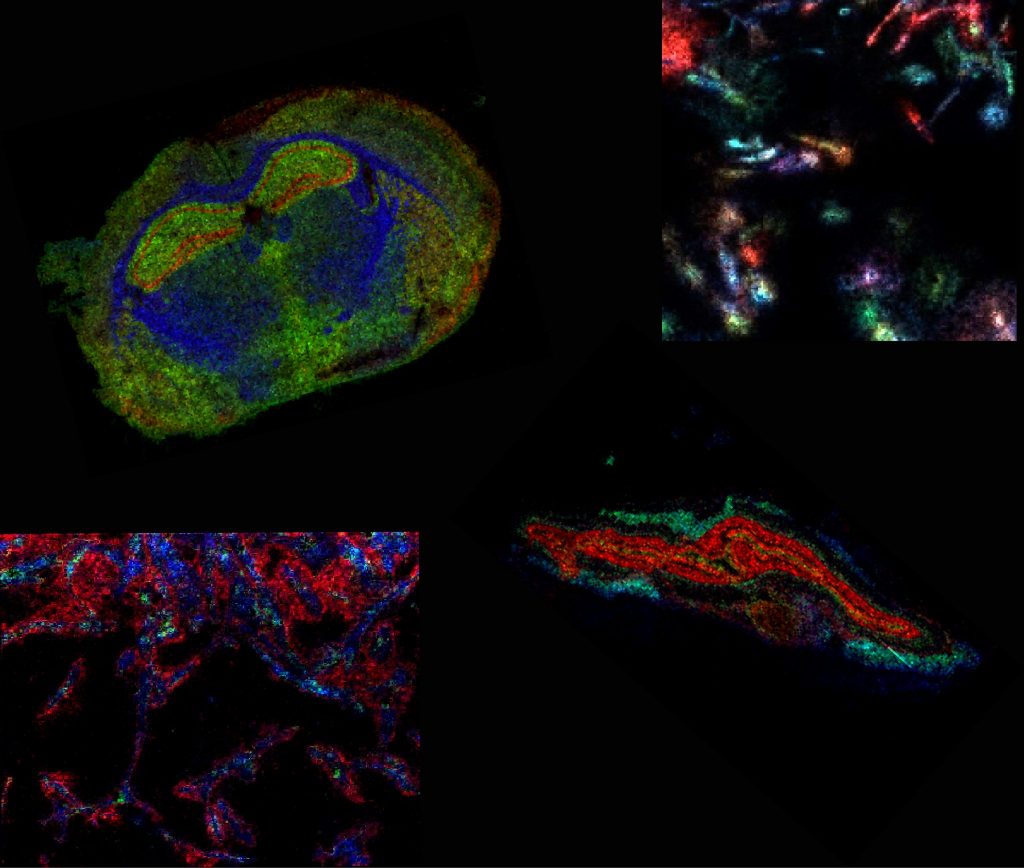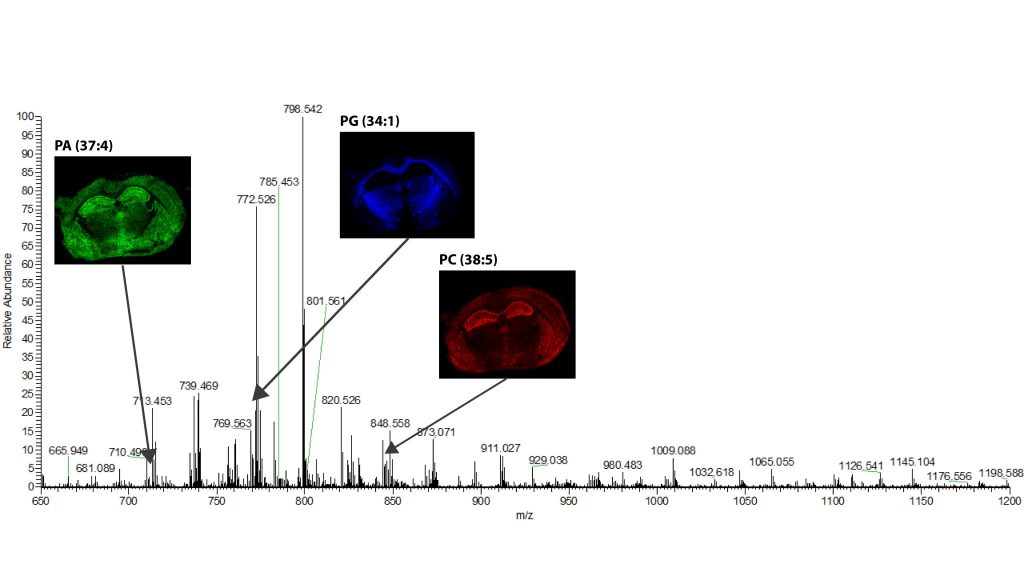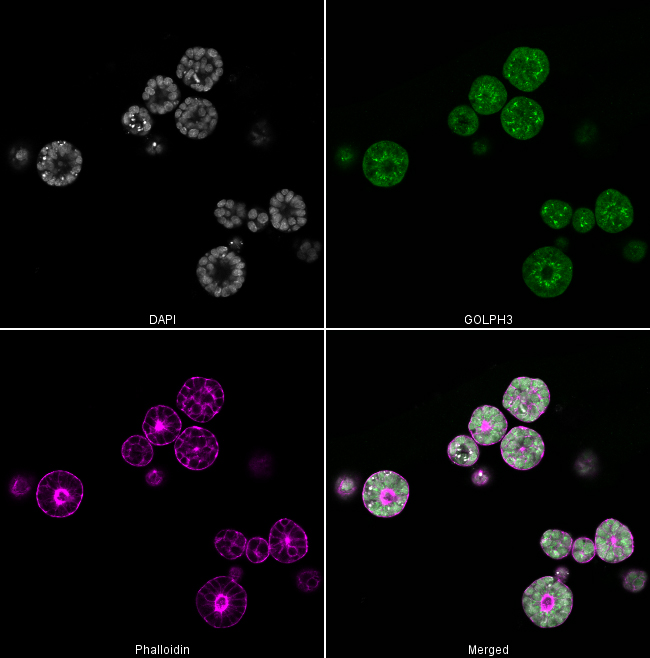In-situ single cell lipidomics by Imaging Mass Spectrometry

Cell-to-cell variability plays a key role in development by setting initial asymmetry that, after feedback-driven amplification determines cell fate decisions. Indeed, fluctuations in the activity of regulatory molecules in individual cells drive selected differentiation pathways and cell-to-cell variability can diversify the response of a cell community to its environment. Recent technological advances in omics techniques have provided scientists with tools to study the global variability associated with large numbers of individual cells. However, studies assessing the role of cell-to-cell lipid variability are still limited to a few examples and do not cover significant parts of the lipidome. The aim of the project is to study the role of lipids fluctuations in cell population, in symmetry breaking and tissue patterning where, specific lipid transitions can be required to support self-organized morphogenesis, by coupling the use of standard lipidomics and of MALDI Imaging Mass Spectrometry.

Regulation of sphingolipid metabolism in neurogenesis

Several studies have established the importance of sphingolipids in brain development. Defects in sphingolipid synthesis indeed cause gross brain abnormalities, demyelination, seizures, and paraplegia in mammals. Moreover, food contaminations with the mycotoxin and sphingolipid synthesis inhibitor Fumonisin B1 cause neural tube closure defects in newborns. During neuronal differentiation Embryonic Stem Cells (ESC) remodel their sphingolipid profile from expressing globosides to expressing gangliosides in neurons. This transition depends on a switch in the expression of the genes encoding the relevant glycosphingolipid synthesizing enzymes. Recently, we have shown that this globo to ganglio switch is internally regulated and triggered by reduction in cellular globo-series glycosphingolipid content. In this line of research, we aim at identifying the factors that initiate and assist the sphingolipid metabolic reprogramming during neural differentiation and to understand the basis of neural diseases deriving from impaired sphingolipid metabolism.
Making a Plasma Membrane: The dynamic role of lipid processing transport and processing in membrane assembly

A considerable difference exists between membranes of the endoplasmic reticulum (ER) and those of later compartments in the biosynthetic axis such as the plasma membrane (PM). While ER membranes are, indeed, poor in sterols and sphingolipids, these lipids account for major molar fractions of the extracellular leaflet of the PM. At the PM, sphingolipids establish lateral interactions both homotypically and with sterols to yield a tightly packed and thick membrane structure. Moreover, sphingolipids and sterols show incomplete miscibility with glycerophospholipids resulting in lateral phase partitioning and thus in the formation of membrane microdomains. The sphingolipid and sterols enrichment at the PM plays fundamental roles in determining the subcellular localisation and the lateral segregation of integral and membrane-associated proteins with paramount implications for cell signalling and organism physiology. How eukaryotic cells manage to establish and maintain their PM lipid composition in spite of the intense inter-organelle membrane exchange is a longstanding question in the fields of membrane trafficking and lipid biochemistry.
The aim of this research line is that to understand the mechanisms that assist membrane remodelling along the biosynthetic axis and to investigate the regulatory mechanisms that impact the organization of the lipid processing enzymes that can lead to:
- Quantitative changes in PM biogenesis, such occur during the transition from resting to proliferative cell states.
- Qualitative changes of PM lipid composition as occur during cell differentiation and development.
By this research, we aim at obtaining new information about a fundamental cell process (i.e., PM lipid remodelling) where its understanding promises to have a wide impact on the fields of cell and developmental biology and implications for human health.